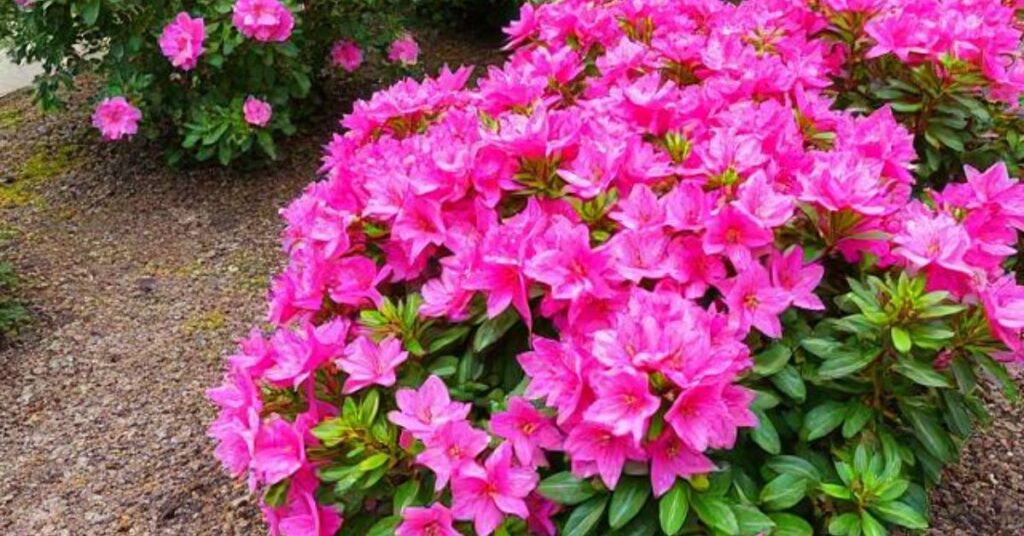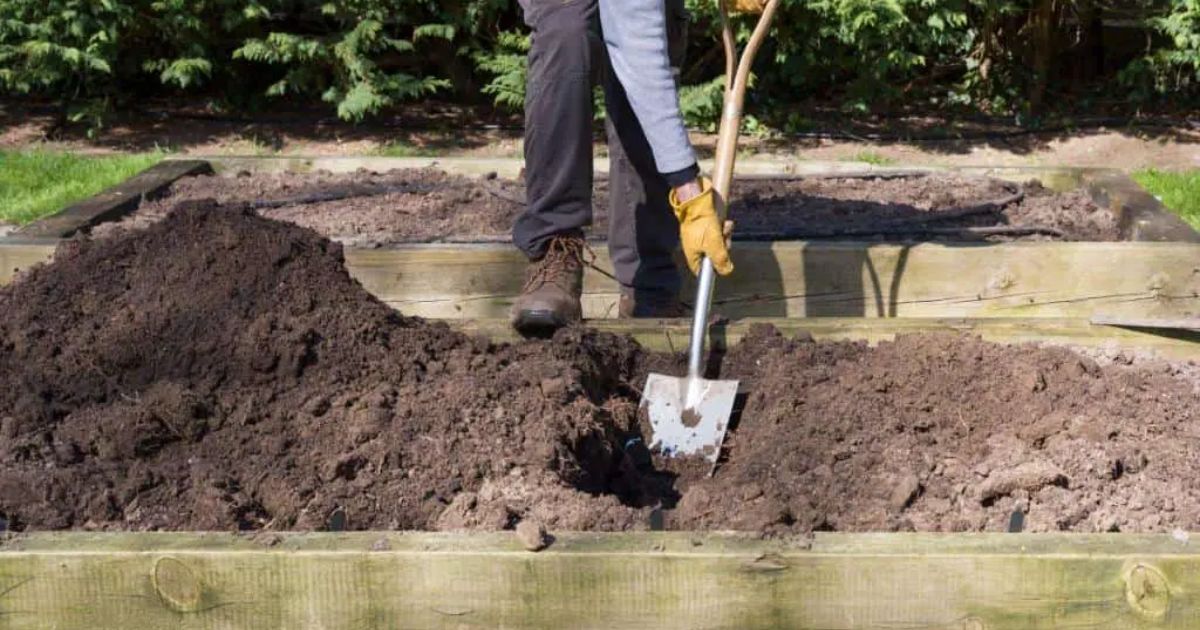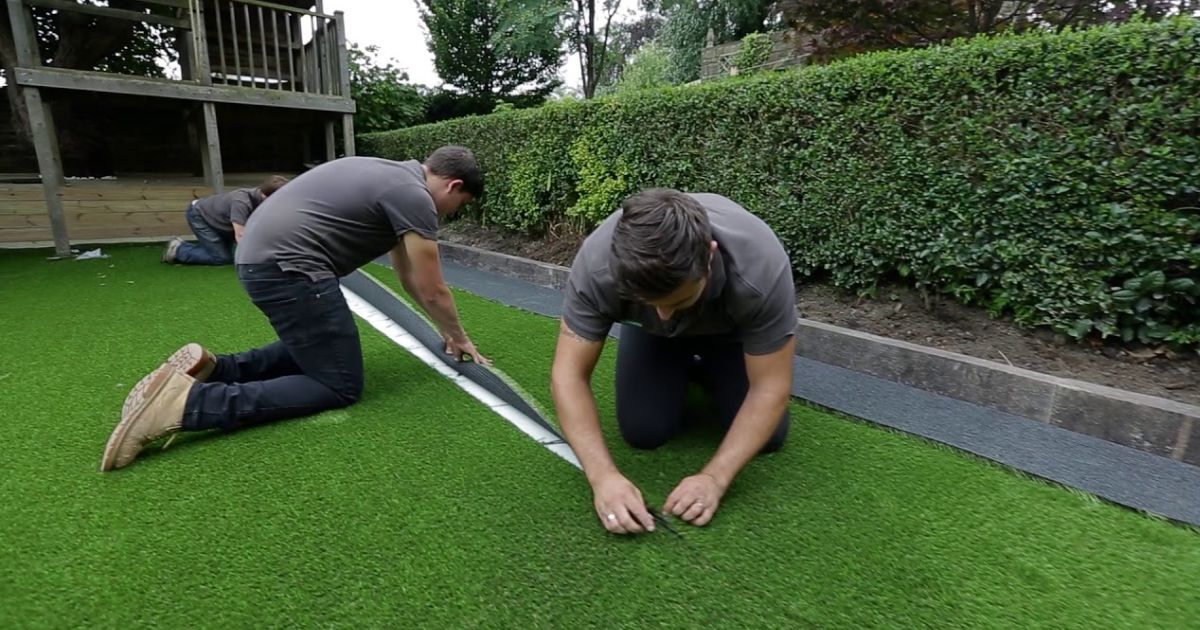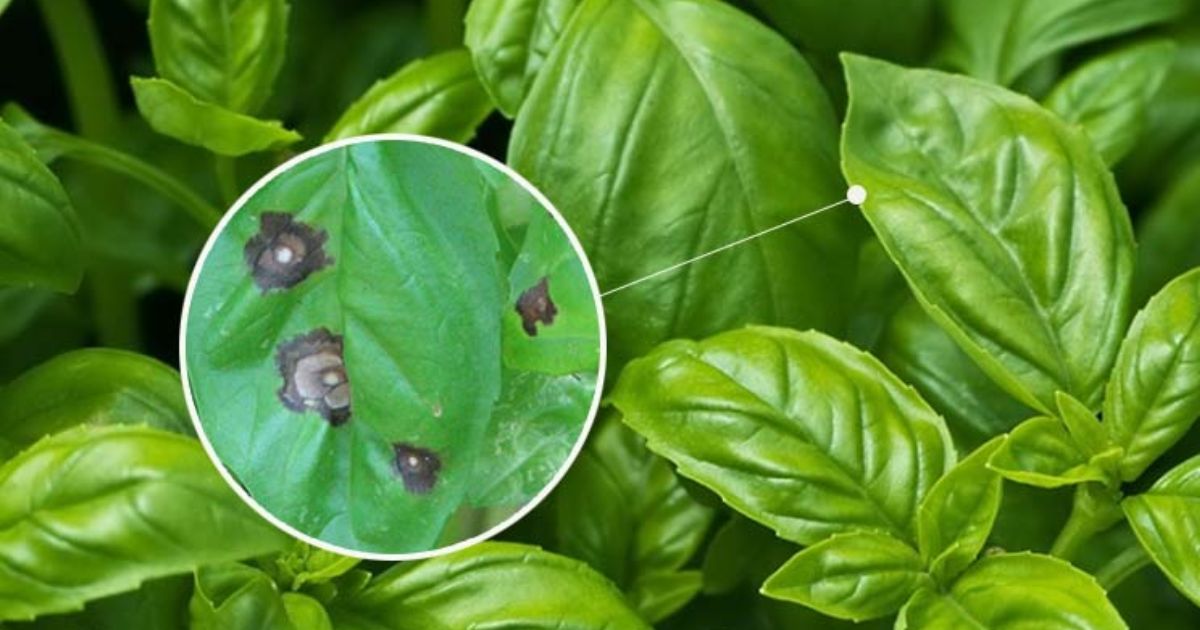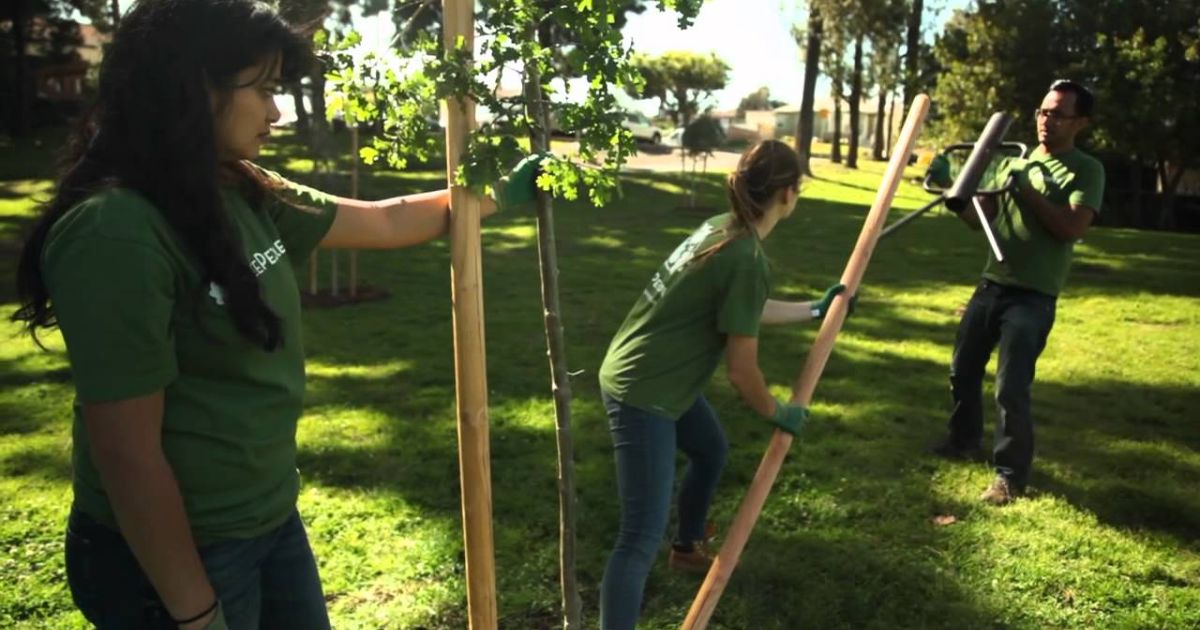Azaleas are one of the most beloved flowering shrubs, known for their stunning blooms and ability to brighten any garden. Whether you’re looking to create a vibrant landscape or add a touch of elegance to your patio with potted plants, azaleas are a fantastic choice. With their rich colors ranging from soft pastels to bold hues, these plants thrive in various climates when given the proper care.Growing azaleas may seem intimidating to beginners, but they can flourish beautifully with the proper soil, sunlight, and watering routine. In this guide, we’ll walk you through everything you need to know about planting, nurturing, and maintaining azaleas so you can enjoy their breathtaking flowers season after season.
How to Propagate an Azalea
Propagating azaleas is a rewarding way to grow new plants from an existing shrub. Best Fast Growing Trees for Small Yards The most common method is stem cuttings, which ensures the new plant retains the characteristics of the parent.
Steps to Propagate Azaleas from Cuttings:
Choose the Right Cutting:
- Select a healthy, semi-hardwood stem (not too young or too old) in late spring or early summer.
The cutting should be 4–6 inches long with several leaves.Prepare the Cutting:
- Remove the lower leaves, leaving only a few at the top.
- To promote quicker root formation, dip the cut end into rooting hormone.
Plant the Cutting:
- Insert it into a small pot filled with well-draining, acidic soil (peat moss and perlite mix works well).
- To preserve humidity, The No-Brainer Guide to Starting Seeds Indoors lightly water and cover with a plastic bag.
Care for the Cutting:
- Keep in indirect light and ensure the soil remains moist.
- Roots typically form in 4–8 weeks.
Transplanting:
- Once roots are established, move the young plant into a larger pot or garden bed.
- With patience and proper care, your new azalea will flourish and provide you lovely blossoms as a reward.
Types of Azaleas
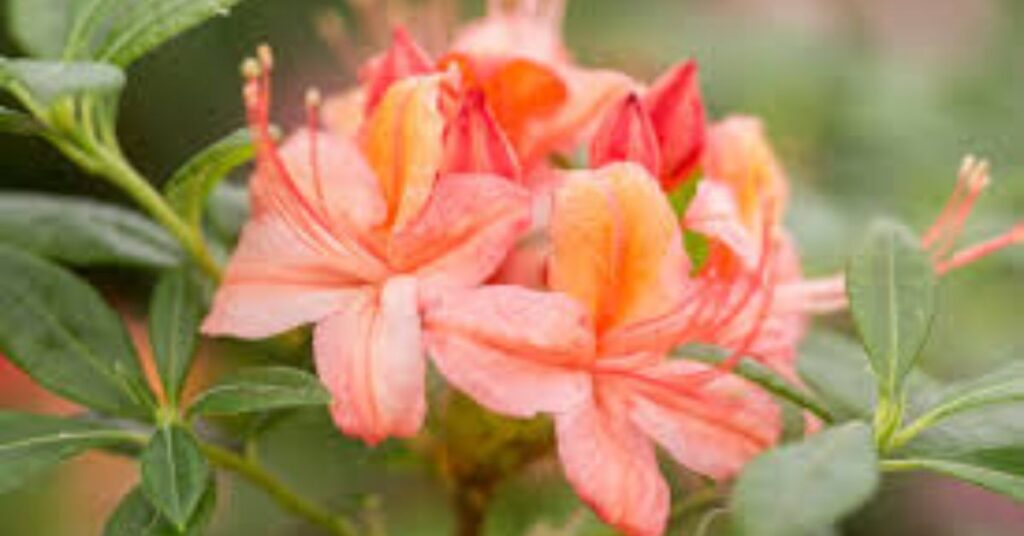
replant azaleas belong to the Rhododendron genus and canbe deciduous in colder climates and evergreen in warmer ones. These perennials bloom year after year, adding vibrant color to gardens.In folklore, azaleas symbolize “Take care of yourself for me,” temperance, delicate passion, and womanhood (in Chinese tradition).There are many azalea species and cultivars suited to different climates. Some heirloom varieties can grow over 20 feet tall, while dwarf varieties remain under three feet. Here are some well-known types:
Popular Azalea Varieties
- Rosy Lights’ – A cold-hardy, deciduous azalea growing 4 to 6 feet tall. It blooms in late spring with rosy red flowers tinged with coral and blush. Part of the ‘Northern Lights’ hybrid series, it thrives in USDA zones 3 to 7.
- ‘Windbeam’ – A compact azalea (3 to 4 feet) with pale pink flowers that fade from white. Its olive-green leaves turn bronze in fall. In zones 4 to 8, it withstands heat and sun better than many azaleas but benefits from shelter against harsh winter winds.
- ‘Golden Lights’ – This compact (3 to 6 feet) cultivar produces golden-orange flowers in spring. It is part of the ‘Northern Lights’ series and thrives in zones 3 to 7, offering a dramatic pop of butter, yellow, orange, and salmon-pink hues.
- ‘Golden Oriole’ – A fast-growing hybrid with orange buds that bloom into golden-yellow flowers in large clusters during early spring.
- ‘Fragrant Star’ – A tiny (3 to 4 feet) azalea with pure white, fragrant flowers blooming in mid-spring. Its bluish-green leaves add contrast. While heat-tolerant, it is less cold-hardy (zones 5 to 9) but can survive temperatures as low as -20°F if protected from strong winds.
- ‘Gibraltar’ – This popular variety features frilly, lightly fragrant, bright orange flowers emerging from crimson buds. Growing 4 to 5 feet tall, The Best Containers for Seed Storage it is relatively cold-hardy (zones 5 to 8) and mildew-resistant.
With the proper selection, azaleas can bring stunning color, fragrance, and texture to any garden, whether large or small.
How to Choose Azaleas
With thousands of azalea annual or perennial varieties available, selecting the right one for your garden depends on your space. If you have a small garden, opt for dwarf or compact varieties. For larger spaces, older Formosa varieties are excellent choices. Additionally, some companies offer re-blooming azaleas, which flower multiple times yearly. Remember that some of these varieties can grow large, so researching before purchasing is essential.
Where to Plant Azaleas
Select a spot with filtered light or morning sun and afternoon shade. to prevent stress and pest issues. Azaleas thrive in well-drained, acidic soil. Before planting, test your soil’s pH using a soil testing kit. How to Grow Asparagus Ferns If the pH is above 6.0, lower it by applying aluminum sulfate according to package instructions.
How to Plant Azaleas
Proper spacing is azalea a perennial crucial when planting azaleas. Larger varieties need more room, while smaller ones can be planted closer together. Avoid overcrowding, as it may require thinning out plants later. Follow these steps for successful planting:
- Position the plants in your desired planting spots.
- Remove the plant from its container and place it in the hole, ensuring the top of the root ball is level with the soil.
- To promote strong root growth, fill the hole with a mix of the original soil and Miracle-Gro® Garden Soil for Trees & Shrubs (50:50 ratio).
- Water thoroughly after planting.
- To keep moisture in the base, mulch it. but avoid piling it against the plant stem.
How to Water Azaleas

Water deeply two to three times weekly for the first two months to help the roots establish. As the plants take root, they gradually reduce watering frequency. After three to four months, watering once per week should be sufficient. Once azalea perennial or annual are well established, they typically don’t need extra watering unless there’s no rainfall for two weeks or more.
How to Feed Azaleas
One month after planting, begin fertilizing with Miracle-Gro® Water Soluble Azalea, Camellia, and Rhododendron Plant Food. This fertilizer contains essential nutrients like iron, manganese, and zinc, crucial for healthy growth. For optimal results, always adhere to the label’s recommendations.
How to Prune Azaleas for Shape and Size Control
Heavy pruning won’t be necessary if you’ve chosen the right variety for your space. However, light pruning helps maintain shape and encourages new growth. The best time to prune is in the spring, right after the flowers bloom.
- Use hand pruners or loppers to remove any branches that stick out from the bush.
- If the shrub needs to be reduced in size, cut branches back to a whorl (circle) of leaves farther down.
- Always shape the bush so that the bottom is slightly wider than the top to ensure even sunlight distribution.
By following these care guidelines, your soil for azaleas will thrive and enhance your garden’s beauty year after year!
Seasonal Care Tips for Azaleas
Proper seasonal maintenance keeps will azaleas grow in pots healthy and produces brilliant blooms year after year. Follow these guidelines to help your plants thrive:
Spring Care
- Fertilize – After the blooms fade, apply a fertilizer designed for acid-loving plants to promote strong new growth.
- Watering – Keep the soil equally moist but not waterlogged for support.
- healthy roots.
- Mulching – Add a fresh layer of mulch to retain moisture and How to Take Hydrangea Cuttings regulate soil temperature.
- Pruning – Once flowering is over, trim weak or dead branches to encourage proper growth and shape.
Summer
- Watering: Increase watering during hot, dry months, especially for young or potted azaleas.
- Shade Protection: Protect from intense midday sun by planting in partial shade or using shade cloth if necessary.
- Pest Control: Check for common pests like lace bugs and spider mites and treat them promptly.
Autumn
- Reduce Fertilization: Stop fertilizing by early fall to allow the plant to prepare for dormancy.
- Watering: Continue watering, but gradually reduce as temperatures cool.
- Mulching: Refresh mulch to insulate roots before winter.
Winter
- Cold Protection: Cover plants with burlap or frost cloth in colder regions to prevent winter damage.
- Watering: Water occasionally during dry spells, but avoid overwatering.
- Container Plants: Move potted azaleas to a sheltered spot if needed.
By following these seasonal care tips, can azaleas be grown in pots your azaleas will stay strong and bloom beautifully each year.
Growing Azaleas in Containers
can azaleas grow in a pot thrive in containers, making them great for patios, balconies, and small gardens. With the proper care, potted azaleas can bloom beautifully year after year.
Choosing the Right Container
- Make use of a pot with holes for drainage to avoid waterlogging.
- A 12- to 16-inch-wide container works well for most azalea varieties.
Soil and Planting
- Azaleas need well-draining, acidic soil (pH 4.5–6.0). Combine perlite, pine bark, and peat moss.
- Plant the azalea at the same depth as in its nursery pot.
Watering and Fertilizing
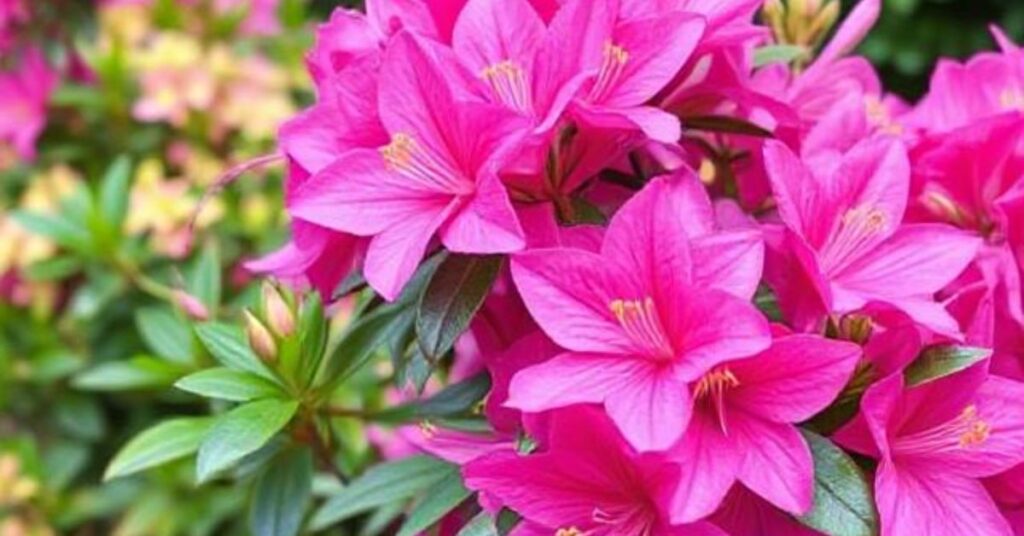
- Keep the soil moist but not soggy—water when the top inch feels dry.
- Use a slow-release fertilizer for acid-loving plants in spring and early summer.
Light and Temperature
- Place in partial shade—morning sun and afternoon shade are ideal.
- Protect from harsh sun and freezing temperatures by moving indoors if needed.
Winter Care
- In cold climates, insulate the pot with mulch or wrap it for protection.
- Water sparingly in winter, just enough to prevent drying out.
With proper care, container-grown azaleas will reward you with stunning blooms season after season.
How do you propagate azaleas?
Propagating azaleas can be done through several methods, but one of the most common and successful techniques is using stem cuttings. Cuttings are best taken when the plant occurs in the late spring or early summer, when it is actively developing. Select a robust, 4–6 inch long, semi-hardwood stem. To promote the growth of roots, cut off the lower leaves just below a leaf node, then immerse the cut end into the rooting hormone.
The cutting should be planted in a container with a well-draining media, like a mixture of perlite and peat moss.
Use a transparent plastic bag to cover the container. and keep the soil wet but not soggy. create a humid environment. Place it in bright, indirect light. In about 6 to 8 weeks, roots should begin to form. Once the roots are established, you can transplant the new azalea into a larger pot or garden.Another method is layering, where a low branch is bent to the ground, slightly wounded,and, still connected to the parent plant, covered with earth. After roots develop at the buried section, they can be cut and planted separately. With care and patience, this method can successfully produce a new azalea plant.
Conclusion
Any garden would benefit greatly from the addition of azaleas. , whether planted in the ground or containers. With the proper care—choosing the right variety, providing well-draining acidic soil, and ensuring adequate watering and sunlight—these beautiful shrubs will thrive and reward you with vibrant blooms year after year.
You can maintain healthy and flourishing azaleas by following seasonal care tips, protecting them from extreme weather, and monitoring for pests or diseases. Whether you’re a beginner or an experienced gardener, growingbest soil for azaleas is a rewarding experience that adds color and elegance to any space.Now that you have all the essential tips, why not start your azalea garden?
FAQ
How often should I water azaleas?
When the top inch of soil seems dry, water it. Azaleas prefer consistently moist, well-draining soil but should never be waterlogged.
Do azaleas need full sun or shade?
Azaleas thrive in partial shade, with morning sun and afternoon shade ideal for preventing leaf scorch.
When is the best time to plant azaleas?
The best time to plant is in spring or fall when mild temperatures allow roots to establish before extreme weather.
How do I keep azaleas blooming?
Ensure they have acidic soil and proper watering, and fertilize them with an acid-loving plant fertilizer in early spring. Prune after blooming.
Can azaleas survive winter?
Yes, but mulch around the base in colder climates and cover with burlap for protection. Container-grown azaleas should be moved to a sheltered spot.

